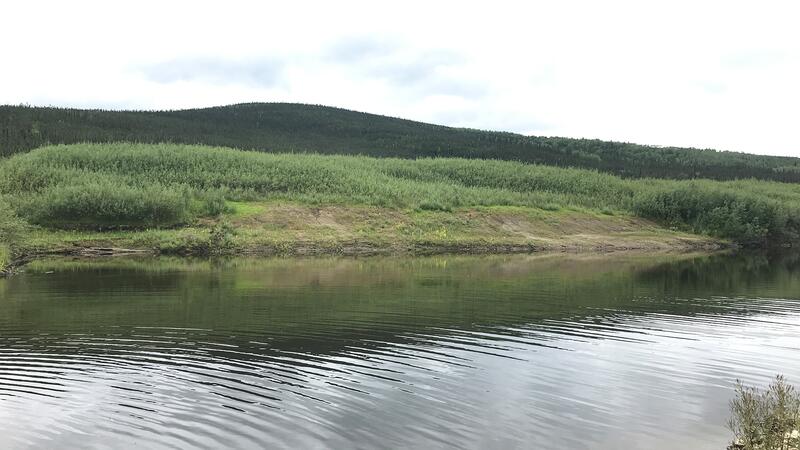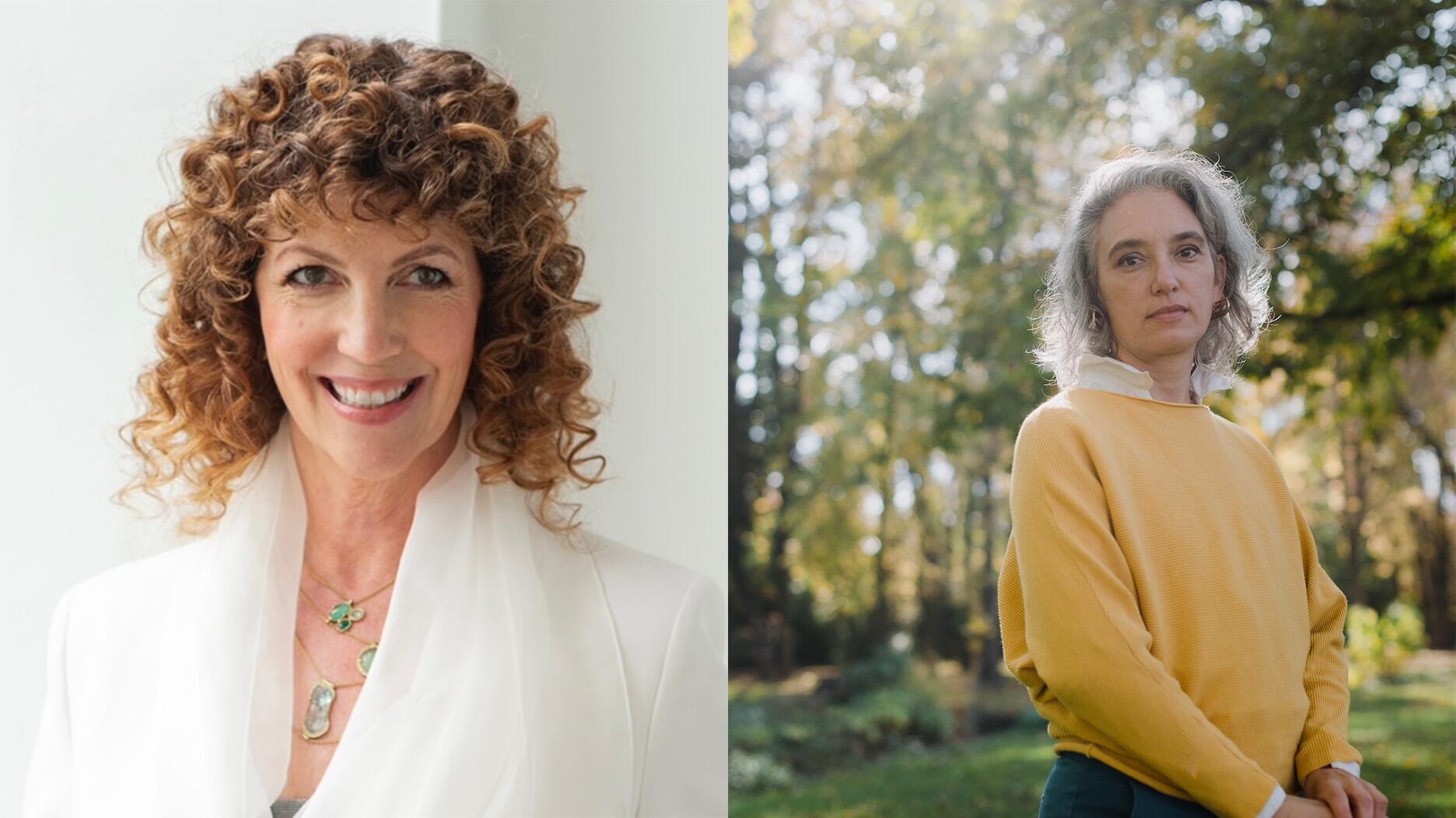‘Salmon Gold’ Surfaces Again, This Time at Mejuri
The jewelry retailer has partnered with Resolve, an organization that combines re-mining with fish habitat restoration.
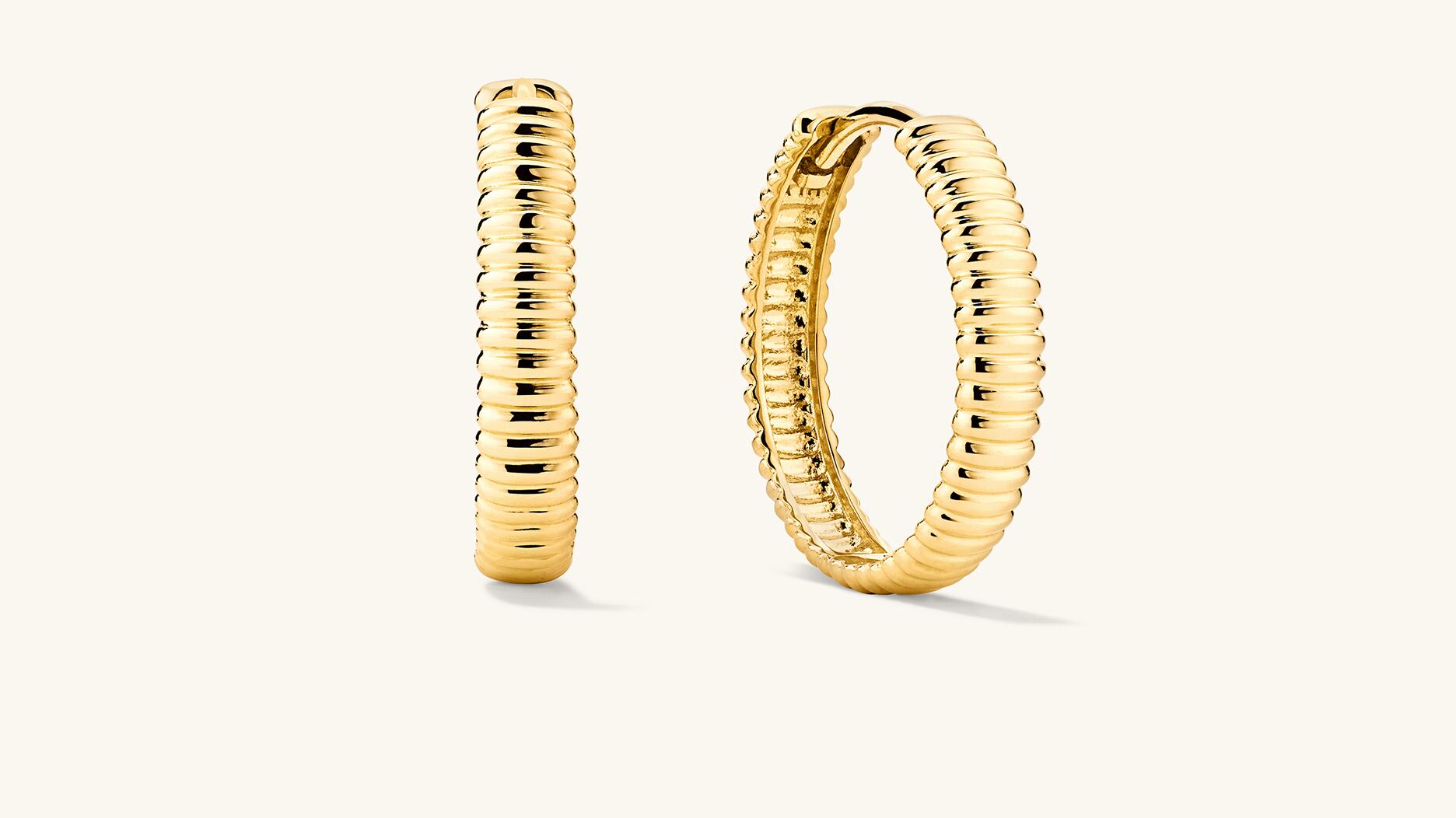
The direct-to-consumer jewelry brand has an ongoing partnership with Resolve, a Washington, D.C.-based non-governmental organization (NGO).
Resolve’s “Regeneration” initiative works to mitigate the environmental damage caused by mining by supporting biodiversity and habitat rehabilitation of former mine sites.
It targets areas affected by tailings—residue from old placer gold mining sites—left in the streams or on the banks, which can prevent fish like salmon and grayling from migrating and spawning.
Salmon Gold is gold sourced from the mines associated with Regeneration, allowing each batch to be fully traceable from its origins.
The gold is extracted from the abandoned mine sites in North America and refined by Swiss company MKS PAMP, Mejuri said in its recent sustainability report.
MKS PAMP has a process that allows the gold to be individually batch refined to maintain traceability while ensuring its purity.
The gold is formed into small grains to prepare it for the casting process, said Mejuri, and the gold grain is then sent to its manufacturing partners in Thailand, where the jewelry is created.
“Salmon Gold was born from the idea that when a mine closes, it doesn’t have to be the end of the story,” Stephen D’Esposito, president and CEO at Regeneration and Resolve, said in a post on the company’s website.
“We shouldn’t let mine waste go to waste—we should treat it as an opportunity.”
During the gold rush of the late 1800s, the river valleys throughout Alaska and Canada’s Yukon Territory and British Columbia were filled with tens of thousands of prospectors, explained Regeneration.
They pumped soil from the creeks and riverbeds as they searched for gold, leaving rock and sediment waste, also known as tailings, in the stream beds and riverbanks, which disrupted the ecosystems as well as Indigenous ways of life.
The region is still home to gold mining operations, as well as salmon, grayling, and other fish that have had their migration patterns and spawning practices disturbed.
“I thought if you could get the gold out of the old piles of mining waste, you could use the money to restore the rivers, streams, and habitat, so that the salmon or grayling could swim up and spawn again,” said D’Esposito.
“It could be a win, win, win: Gold buyers could get more responsibly sourced gold; salmon habitat could be restored; and modern placer miners could feel better about their business.”
In addition to Mejuri, other well-known companies have signed onto Resolve’s Regeneration initiative.
In 2019, Tiffany & Co. added Salmon Gold into its larger supply of raw gold, though the company didn’t create a special collection or marketing campaign around its use.
Resolve, the NGO, works with the Tiffany & Co. Foundation on a restoration project in Sierra Leone.
Apple uses minerals from the Regeneration project to meet its sustainability goals, and Rio Tinto is a mining partner that provides access to sites, expertise, and other support.
Mejuri has invested $1.5 million in Regeneration. This funding has supported restoration and responsible mining projects at Uhler and Resurrection creeks in Alaska and Sulphur Creek in Yukon, Canada.
This resulted in 1,150 linear meters of stream restoration and enhancements and 20 acres of restored upland habitat. At Resurrection Creek, the U.S. Forest Service restored 300 meters of stream, said Mejuri.
Multiple spawning fish species, including pink salmon, chinook, chum, and coho, made their way up these creeks where it was previously “very low quality” fish habitat.
“I’ve worked on these Klondike creeks for 35 years digging for gold and it feels so good to be rebuilding them back to nature after so many years without proper habitat,” said Darwin Van Bibber, a heavy equipment operator and restoration specialist, quoted in Mejuri’s sustainability report.
“As a First Nation elder, I enjoy catching grayling and, one day, hunting moose along these newly restored habitats we are creating here.”
The Uhler, Resurrection and Sulphur creeks have additional restoration and rehabilitation planned for this year, said Mejuri, with additional legacy and abandoned mines joining as partners or coming online.
Mejuri said as the opportunity to use Salmon Gold increases, the proportion of recycled content in its jewelry may decrease over time
“Decreasing our use of recycled gold through the increase of Salmon Gold will enable us to achieve higher levels of traceability over time while also contributing to habitat restoration along the way, aiding in our 2030 traceability and climate-positive goals,” said Mejuri.
The company also noted that the term “recycled gold” currently lacks a clear definition and isn’t subject to the same due diligence by the U.S. Securities and Exchange Commission as other materials.
“This ultimately slows down progress in achieving a better understanding of its composition, origins, and impact,” said Mejuri.
The Salmon Gold from Uhler Creek and Sulphur Creek is what Mejuri used to create the recent collection, announced in June.
The limited-edition collection features a textured, 14-karat yellow gold version of its “Bold” hoop, available in four sizes online and in its stores. The hoops range in price from $198 to $498.
The company said it’s the beginning of a series of annual capsule collections in 14-karat gold.
“Mejuri is contributing to the development of initiatives that promote habitat restoration and have integrated gold extracted from the re-mining of mine tailings into our jewelry product bringing regeneration gold directly to our customers,” said the company.
“It’s more than just a material. It symbolizes how luxury and sustainability can go hand-in-hand.”
The Latest

Said to be the first to write a jewelry sales manual for the industry, Zell is remembered for his zest for life.

The company outfitted the Polaris Dawn spaceflight crew with watches that will later be auctioned off to benefit St. Jude’s.

A buyer paid more than $100,000 for the gemstone known as “Little Willie,” setting a new auction record for a Scottish freshwater pearl.

Supplier Spotlight Sponsored by GIA.
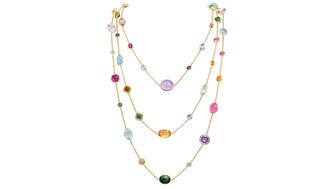
Anita Gumuchian created the 18-karat yellow gold necklace using 189 carats of colored gemstones she spent the last 40 years collecting.

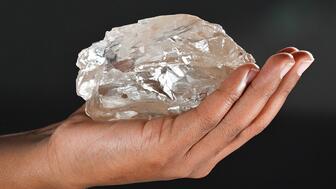
The giant gem came from Karowe, the same mine that yielded the 1,109-carat Lesedi La Rona and the 1,758-carat Sewelô diamond.
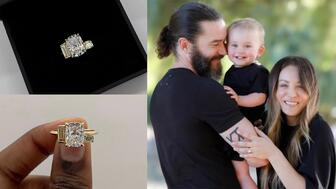
The three-stone ring was designed by Shahla Karimi Jewelry and represents Cuoco, her fiancé Tom Pelphrey, and their child.

Supplier Spotlight Sponsored by GIA
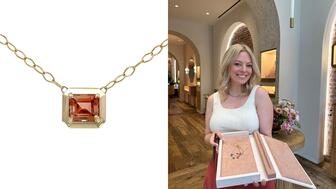
The Manhattan jewelry store has partnered with Xarissa B. of Jewel Boxing on a necklace capsule collection.

Acting as temporary virtual Post-it notes, Notes are designed to help strengthen mutual connections, not reach new audiences.
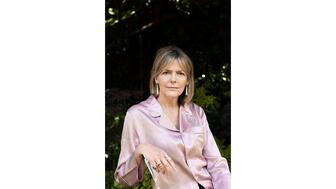
The jewelry historian discusses the history and cultural significance of jewelry throughout time and across the globe.

From fringe and tassels to pieces that give the illusion they are in motion, jewelry with movement is trending.
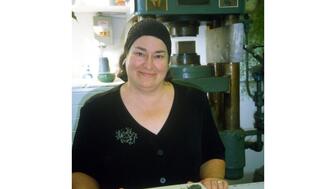
The designer and maker found community around her Philadelphia studio and creative inspiration on the sidewalks below it.

The change to accepted payment methods for Google Ads might seem like an irritation but actually is an opportunity, Emmanuel Raheb writes.

The industry consultant’s new book focuses on what she learned as an athlete recovering from a broken back.
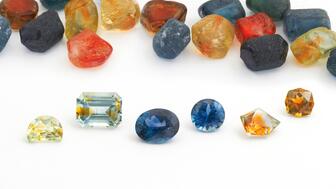
The fair will take place on the West Coast for the first time, hosted by Altana Fine Jewelry in Oakland, California.

Hillelson is a second-generation diamantaire and CEO of Owl Financial Group.
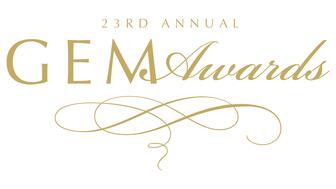
Submissions in the categories of Jewelry Design, Media Excellence, and Retail Excellence will be accepted through this Friday, Aug. 23.
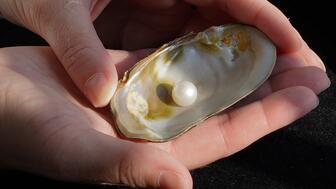
Known as “Little Willie,” it’s the largest freshwater pearl found in recent history in Scotland and is notable for its shape and color.
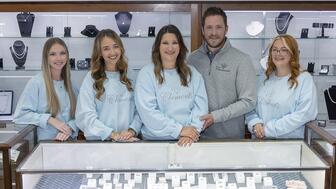
Clements Jewelers in Madisonville cited competition from larger retailers and online sellers as the driving factor.
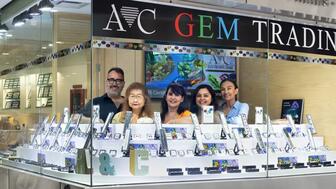
The gemstone company is moving to the Ross Metal Exchange in New York City’s Diamond District.

Most of the 18th century royal jewelry taken from the Green Vault Museum in Dresden, Germany, in 2019 went back on display this week.

The Pittsburgh jeweler has opened a store in the nearby Nemacolin resort.
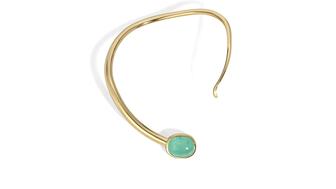
With a 40-carat cabochon emerald, this necklace is as powerful and elegant as a cat.

The Erlanger, Kentucky-based company was recognized for its reliability when it comes to repairs and fast turnaround times.
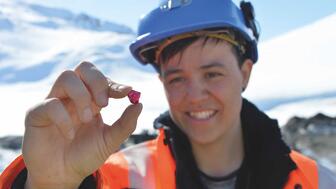
Unable to pay its debts, the ruby and sapphire miner is looking to restructure and become a “competitive and attractive” company.
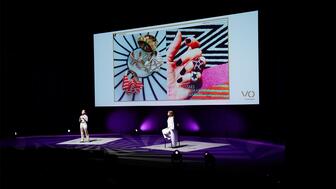
The trend forecaster’s latest guide has intel on upcoming trends in the jewelry market.





